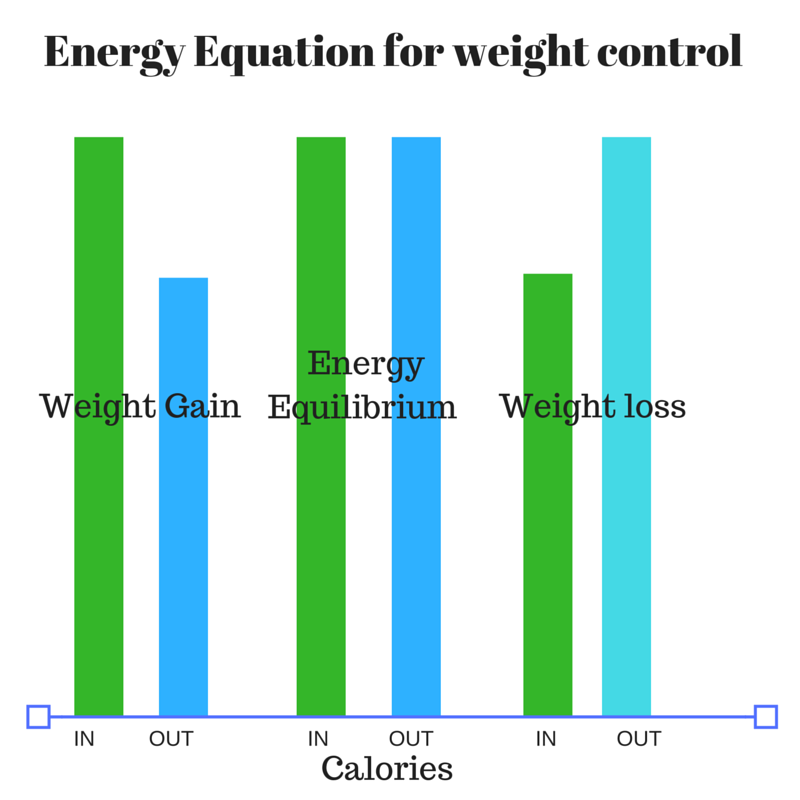Fat Loss: Overcoming the Plateau
How do I know if I have hit a plateau?
Your training has been great and you’re sticking to your eating guidelines with 90% efficiency, so where the heck are all the results?
In your journey of weight loss not everything will always be linear. If you start losing weight every week and then you stagnate and can’t seem to budge any further, more than likely you have hit a plateau.
Why is this happening to me?
Hitting a plateau can mean a few things, it can also happened for a variety of reasons:
- Unfortunately for most of the female population you will retain additional fluid/water weight during menstruation. Often this is perceived as lack of progress when its actually got nothing to do with losing body fat. To avoid disappointment don’t weigh yourself during this period of time as it won’t give you an accurate results and it’s not a good indicator of progress.
- A break in progress could also be an internal building phase where the body is progressing from the inside out.
- However, more than likely its because you have hit energy equilibrium. This means that the amount of food you are eating is equal to the amount of energy you are expending. In order to obtain further results you will need to unbalance the equation again. This can be achieved by – Expending more energy (more exercise) or by changing the energy input (changing food quality/quantity) or a combination of both of these.
Measuring yourself, your food, and your exercise
The best way to keep track of you progress and overcome plateaus is to record your exercise and eating patterns, that way when you hit stagnation you are easily able to identify what needs to change.
Tracking food with a food diary is the easiest way to track your energy consumption. One of the best apps for this is MyFitnessPal or if you aren’t tech savvy the old school pen and exercise book will do the trick. An example of why this is important.
If you are progressing on a weekly basis and find yourself plateaued or even worse going backwards you can trace back through your food diary to see what has changed and make adjustments to get back on track.
An exercise diary is equally important. Not all improvements are purely based around aesthetics or weight loss. Quite often people stop training when scales haven’t moved because they think they haven’t progressed. Interestingly nearly 100% of the time their strength and fitness have improved dramatically. Keeping track of where you started and what you have progressed to is integral for sustained success.
Lastly, measuring yourself. Don’t fall into the trap of having to measure yourself on a daily basis. The problem with daily measurements is they can fluctuate up to 2kgs depending on water retention, previous meals, carbohydrate storage, recent exercise and activity etc. Also measuring on a daily basis doesn’t give enough time for losing effects to be noticed leaving you unmotivated and demoralized.
Pick one day of the week to be your weigh day. Make sure you are able to weigh yourself wearing the same gear and at the same time. Preferably morning before you have consumed a meal. This will give you a consistent platform to go off.
Remember scale weight isn’t the most important thing. If you looked the best you have ever looked, felt fitter, stronger, lean and attractive, would the number on the tiny square scales box really matter?….. I didn’t think so…
So how else do we measure progress?
This is where body measurements become important. Make sure you take circumferences of your waist, hips, chest, legs and arms. These can be a more accurate measure of progress. Measurements like this should be taken no more than once a month.
Finally, a picture paints a thousand words. Taking progress pictures. This is probably the most confronting thing for most people to do. The importance of this step is monumental. These pictures are going to be the best comparison you have from where you were to where you are now. Take pictures of yourself front on, side on and from the back, wearing as minimal as possible (you want to be able to see changes, a baggy t-shirt won’t do). The main thing to remember here is, no-one with the exception of yourself ever has to see these. They are yours to share if you wish and they make an excellent comparison point that will show you your real progress even when the scales won’t. Update your progress photos every 12 weeks. This gives enough time for positive changes to take hold.





